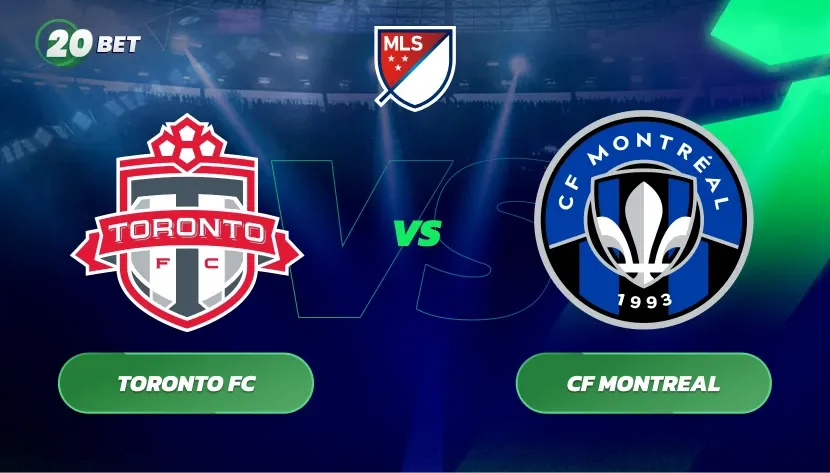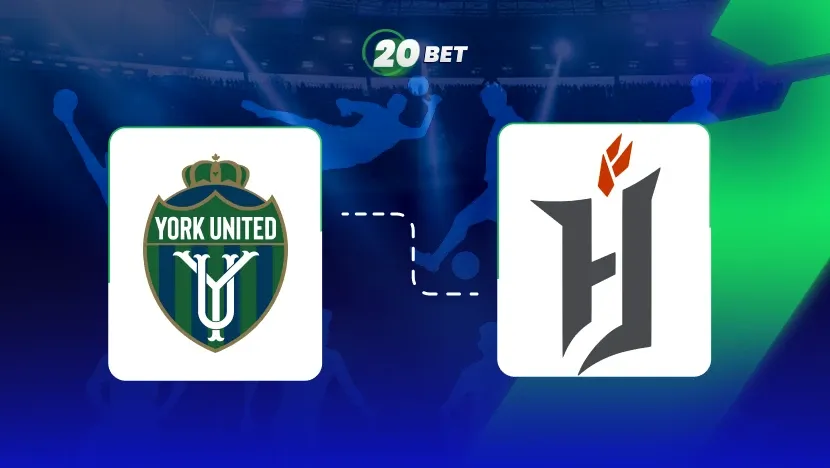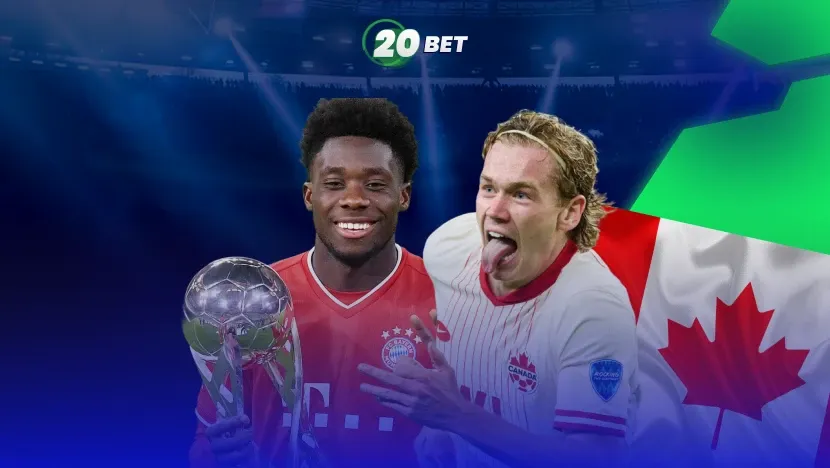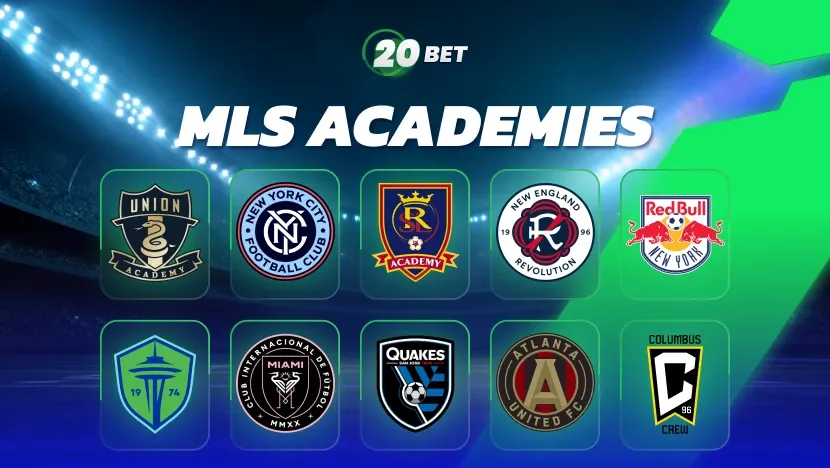Ask ten soccer fans what Canada’s biggest MLS rivalry is, and you’ll get ten loud answers. That’s the charm of Toronto vs. Montréal — a derby that lives in the lungs as much as the legs. For bettors and neutrals, it’s a perfect mix of competitiveness, momentum, and game-state swings. This matchup rewards anyone who pays attention to nuance.
A Tale of Two Cities: History and Rivalry Between Montréal and Toronto
Two languages, two media hubs, one highway. The 401 is a vein connecting — and aggravating — these clubs. From the wild 2016 playoff classic to cup ties that turned on stoppage-time headers, the narrative is rich: Montréal often lean on grit and clever counters, while Toronto chase control and rhythm. The atmosphere is not background noise — it’s a participant. In Montréal vs. Toronto weeks, you hear it on talk radio, in cafés, and in the concourse before kickoff. Across eras, dominance has swung both ways, and the competition has sharpened how each club build and play.
2024–2025 Season CF Montréal vs Toronto FC Recap: Performance, Form, and Key Moments
Recent seasons have given both sides a taste of turbulence. Toronto logged pockets of free-flowing soccer alongside lean stretches, while CF Montréal spent time retooling, adjusting shapes, and betting on youth in key roles.
A spring blowout tilted the conversation toward TFC, but their opponents answered with a harder edge and a simplified approach. In plain terms, form has zig-zagged, and the first goal has been decisive in most Canadian Classique chapters lately.
The statistics back it up: in eight of their last 10 meetings, the team scoring first went on to win. According to MLS match summaries (as of July 2025), the clubs have netted 41 goals against each other during that span.
What’s moved the needle:
- Toronto cleaned up set-piece details and found direct speed in wide channels — huge for late-game execution.
- Montréal tightened the mid-block, pressed in shorter bursts, and leaned on senior voices to manage game tempo.
- Availability has mattered more than reputation. When either side miss a starting fullback or No. 6, the outcome shifts.
Tactical Comparison: TFC vs Montréal
Toronto’s blueprint in derby moments is simple to describe and hard to stop: a formation that stretches the field, fullbacks stepping high, and midfield rotations that free a winger to attack the back post. Montréal counter with compact spacing and early vertical passes. When it clicks, the first touch past the press opens a runway for the weak-side winger. Their strategy under a slimmer playbook: fewer passes, more purpose.
Where games tilt:
- Rest defense: Can Toronto protect the channels when both fullbacks push? If not, Montréal’s first counter becomes a high-value chance.
- Second balls: Montréal are nasty on loose touches around midfield; win those and their aggression snowballs.
- Psychology: The side that ride the crowd better usually win the coin-flip moments — clearances, rebounds, and penalty shouts.
Key Players to Watch in the Canadian Derby
Toronto FC players:
- Jonathan Osorio (midfielder): Brings tempo, composure, and a captain’s mentality in tight phases.
- Deandre Kerr (forward): A promising homegrown striker who already has double-digit goals for the club; his energy and movement stretch defenses and create space for teammates.
- Theo Corbeanu (winger): The team’s top scorer with five goals in MLS this season; attacks the back post and punishes slow fullbacks.
CF Montréal players:
- Samuel Piette (defensive midfielder): Captain and midfield anchor; breaks up play, organizes the press, and keeps Montréal’s shape under pressure.
- Prince Owusu (striker): Target and connector; first touch sets the tone for counters.
- Dante Sealy (winger): Directness on the flank, useful when Toronto’s shape gets greedy.
If you’re scanning the 401 Derby’s lineups an hour before kickoff, start with these names. They change the intensity and the math.
Head-to-Head Stats: Recent Results and Historical Trends
The derby has cycled through phases. One run leaned heavily toward Toronto with multi-goal wins, while another saw Montréal nick tighter games by protecting the box.
Here are the key statistics of this rivalry, based on Transfermarkt’s data (as of July 2025):
| Metric | Toronto FC | CF Montréal |
| Overall record (all competitions) | 29 wins, 10 draws | 24 wins, 10 draws |
| Goals scored (all competitions) | 109 | 88 |
| Last five MLS meetings | 3 wins, 1 loss (14 goals) | 2 wins, 3 losses (7 goals) |
| Biggest wins | two 6-1 victories (2009, 2025) | 6-0 victory (2013) |
Home-Field Advantage and Fan Influence
| Record (W-D-L) | Toronto FC | CF Montréal |
| Home 2024 | 7-0-10, 21 pts | 8-5-4, 29 pts |
| Away 2024 | 4-4-9, 16 pts | 3-5-9, 14 pts |
| Home 2025 | 2-5-7, 11 pts | 1-4-7, 7 pts |
| Away 2025 | 3-3-6, 12 pts | 3-3-8, 12 pts |
Source: FBref.com (as of July 2025).
At BMO Field, Toronto usually thrives on atmosphere. The south stand is lively, and the open layout lets the wind whip across the pitch, making set pieces unpredictable. In 2025, however, their home record dipped compared with 2024. That speaks to inconsistency rather than a lack of crowd influence — the supporters remain loud, but finishing and defensive lapses have kept them from turning energy into dominance.
At Stade Saputo, the story has also flipped. Montréal was strong at home in 2024, taking 29 points, but by July 2025, they had only managed seven. On the road, they’ve oddly been more effective, with 12 points. That contrast raises questions of psychology: at home, pressure from their environment seems to weigh heavily, while away, they play with more freedom. The stadium still generates an intimidating atmosphere, but execution on the field hasn’t matched the noise.
Betting Insights: Odds, Markets, and Trends in the Canadian Clash
Keep in mind that this analysis is provided for informational purposes only and doesn’t constitute financial advice. The Canadian Classique rewards patience:
- Totals/BTTS: When Montréal press higher at home, “Both Teams to Score” gains value; a calmer road block leans you toward under angles. Context beats blanket rules.
- Side markets: In derby volatility, Draw-No-Bet and Asian lines can protect you from a single chaotic moment.
- Props: Wide players draw fouls in this rivalry. Cards and corners can move fast after one aggressive spell.
- Timing: Wait for confirmed news — injuries, travel, weather — and, yes, those Toronto FC vs. CF Montréal lineups update.
The Bigger Picture: What This Rivalry Means for Canadian Soccer
Derbies sell season tickets, but they also harden young players. The standard rises when mistakes carry a social cost on Monday morning. For the national-team pool, that’s gold: pressure reps, loud minutes, and better preparation. The Canadian Classique keeps the narrative alive from academy pitches to the main stage.
FAQ
Which team have a better record in recent seasons?








